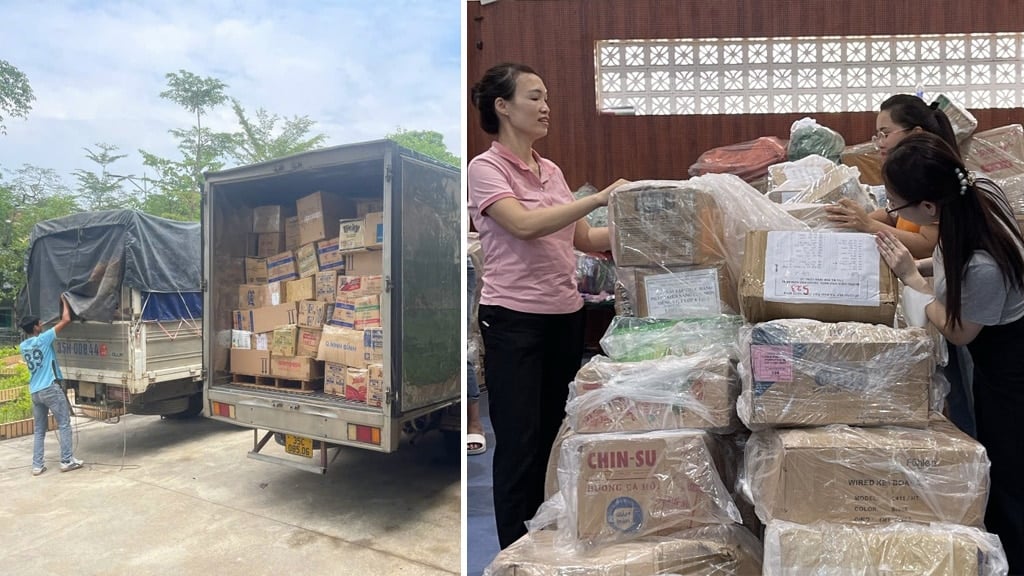
Teachers at the primary school department of the Yen Bai Department of Education and Training have just received 35 tons of relief goods including textbooks, notebooks, and school supplies sent from teachers and students in Ninh Binh province, and are preparing to classify them to send to schools that suffered damage according to their needs - Photo: GVCC
Finding books for students is one of the things teachers in flood-hit areas have had to worry about in recent days. This is also a concern of many charity groups.
How to get textbooks back to school for students in flood-affected areas has been a matter of concern for many people in recent days.
Don't cause information noise
The online community is discussing the “more complicated” task of donating and giving textbooks to students in flood-hit areas than before.
There are currently many textbooks compiled and published by different units. The choice of textbooks to use also depends on the needs of each school. Even in one school, textbooks from different units can be used.
In a grade, math can use books from one place, Vietnamese can use books from another place. Students in grades 5, 9, and 12 cannot reuse old books and must buy completely new ones.
This reality makes many relief groups quite confused in mobilizing donations of textbooks that meet the needs of each school.
If we do not classify and meet the needs properly but just collect textbooks and pack them into boxes to send away like before, there will be a surplus of unused textbooks and there may still be a shortage of textbooks that students need.
Photos of students whose textbooks were wet and damaged during the flood season many years ago have been reposted by some people on social media to talk about the "difficulty" in choosing the right textbooks to give to students in flood-affected areas this year.
On social networks or in volunteer groups, there are more opinions "demanding" a unified set of textbooks to avoid difficulties in donating textbooks (?!). Providing information and images that are not standard like this also makes it more difficult to raise funds to donate textbooks to students in flood-affected areas.
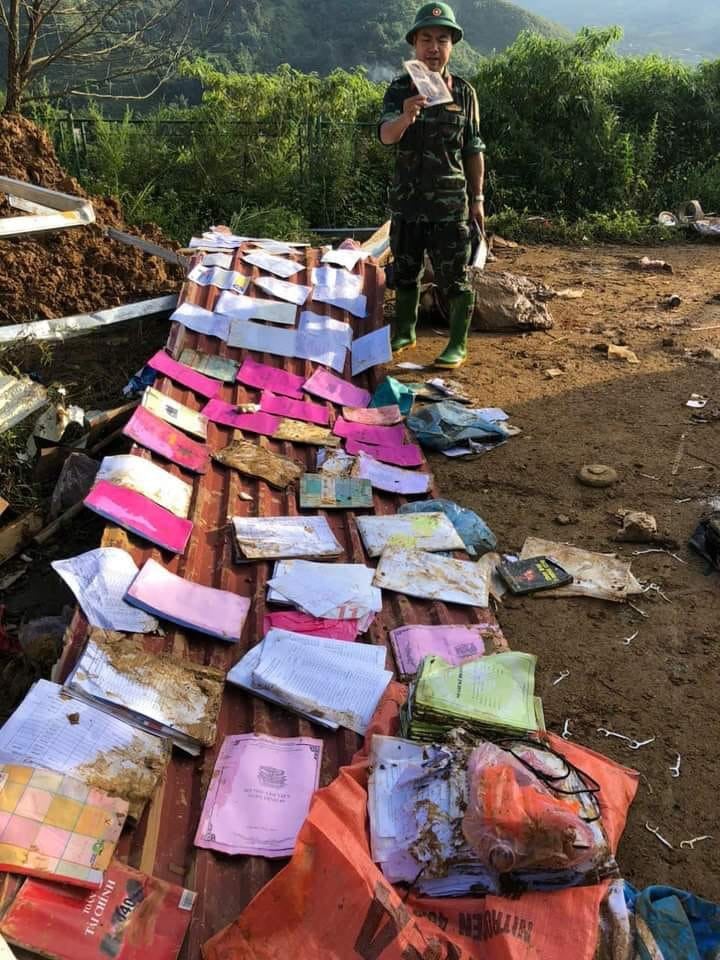
Teachers and students of a primary school in Sa Pa ( Lao Cai ) take advantage of the sunny day to dry books after the flood, preparing to go to school - Photo: TA VAN DRAGON HOUSE
Is it difficult to donate textbooks?
In 2020, right in the first year of implementing the 2018 General Education Program, the North Central region was severely flooded. Many students in Ha Tinh lost all their textbooks. That year, grade 1 started studying the new program. In order to have textbooks for students to study, old books could not be used but new ones had to be ordered.
Ms. Vy, a representative of a volunteer group, said she contacted the Department of Education and Training of two districts in Ha Tinh and on the same day, she received statistics on the number of new textbooks for each subject of grade 1 that needed to be reissued.
Vy’s group immediately contacted the publishing unit. There were some textbooks still in stock, some were out of stock, but this unit also decided to quickly print additional missing numbers, and at the same time provided a vehicle and sent someone to transport the textbooks to help Vy’s group deliver them. All in just 3-4 days.
This time, when students in many northern provinces lack textbooks due to storms and floods, Ms. Vy's group also plans to do the same as the support in Ha Tinh. After a day of calling many places, she said: the northern mountainous provinces responded very quickly and they also received many different sources of relief.
It is not really difficult or complicated if schools quickly provide statistics on textbooks by subject and by type (publishing unit). Volunteer teams can use those statistics to mobilize the right type of textbooks or contact the publishing unit to order new ones.
“If everyone accepts any textbooks they send and then delivers them to flood-hit areas, it will take time to transport and sort them. Doing so will make the work more difficult and complicated. But if there is a specific connection and donations are made according to the needs, it will be effective,” said Ms. Vy.
I contacted a volunteer group in Hung Yen that only donates old textbooks. Ms. Hang, a member of the group, said: “What we do is contact the education department and the heavily affected schools to ask for a list of textbooks they need.
Based on that, we called for donations. When receiving textbooks, the group classified them according to the title and type of book for each class and then sent them to the right schools in need. This way, there is no waste, and the right things are given to the people in need."
My acquaintance, a principal in Hai Ba Trung district (Hanoi), said that the school is helping a sister school in Yen Bai buy textbooks for 5th graders. That school uses both the textbooks Connecting knowledge with life and Canh Dieu.
According to the list sent by the school, we inform the Company of Books and School Equipment, they provide upon request. Everything is done via phone, email and bank transfer, we do not have to buy from Hanoi and bring it up.
Ms. Bui Thi Ngoc, vice principal of Quang Kim Secondary School (Bat Xat District, Lao Cai) - a place that was heavily flooded, said: "The school has about 100 students whose textbooks were damaged or lost. The homeroom teacher is responsible for contacting the students' families, understanding the situation of damage and loss of books and school supplies.
During the weekend, we compiled a list of textbook reissue needs and sent it to the relief organization. On the first day students returned to school after the flood, we already had textbooks to reissue to students.”
41,564 textbooks lost or damaged in storms and floods
According to the latest statistics from the Ministry of Education and Training, about 41,564 textbooks were lost or damaged in the storm and floods across many provinces and cities. Of which, nearly 24,000 were damaged at primary school, nearly 10,600 at secondary school and more than 7,000 at high school. Yen Bai province alone reported more than 35,000 textbooks were damaged, worth over 11.5 billion VND.
Up to now, Vietnam Education Publishing House (the unit that compiled and published the two book series Connecting Knowledge with Life and Creative Horizons) has given flood-affected students 2,000 sets of textbooks from grades 1 to 12 and is preparing 3,000 more sets to give away.
This publisher has mobilized all spare textbooks of 8 million copies and organized the printing of an additional 10 million new copies to ensure additional supply of books.
VEPIC Company (the unit that coordinates with publishers to compile and distribute the Canh Dieu textbook series) mobilized 4.5 million copies of inventory books and printed 500,000 more copies.
Vietnam Education Publishing House announced a 10% reduction in cover price for additional textbooks provided to students in areas affected by storms and floods. Vinh Ha
Somewhere, there are probably still schools and students who are still struggling and have not found help. There are many people who want to help but are confused because they find it complicated. But clearly, the story of the “giver” and the “receiver” above shows that donating textbooks to students is not too difficult.
In the end, we still have to prioritize "people in need of relief" or just think "how to make relief work easily and conveniently"?
Why change books and use different sets of books?
The change of textbooks according to the 2018 General Education Program (new program) starts from the 2020-2021 school year. By this school year, students from grades 1 to 12 will study textbooks according to the 2018 General Education Program. When the program changes, textbooks - the main teaching materials - must also change.
However, only the first year classes will have new textbooks. Students in grades 5, 9 and 12 (school year 2024-2025), the first class to implement the 2018 General Education Program, will not use old textbooks.
The new education program is an open program, promoting the initiative, flexibility and creativity of both teachers and students in teaching and learning. The program and its requirements are unified nationwide, but teaching materials and textbooks are more open, depending on the choices of schools and teachers.
When implementing the new program, textbooks are no longer exclusively compiled and published by a state-owned enterprise.
Because of the difficulty in donating textbooks to children in flood-hit areas, thinking that we should return to the era of “one set of textbooks” is a sentimental thought. Relief work is urgent, demonstrating the spirit of mutual love and support, but when we have the heart, there are many ways to help our fellow countrymen and students.



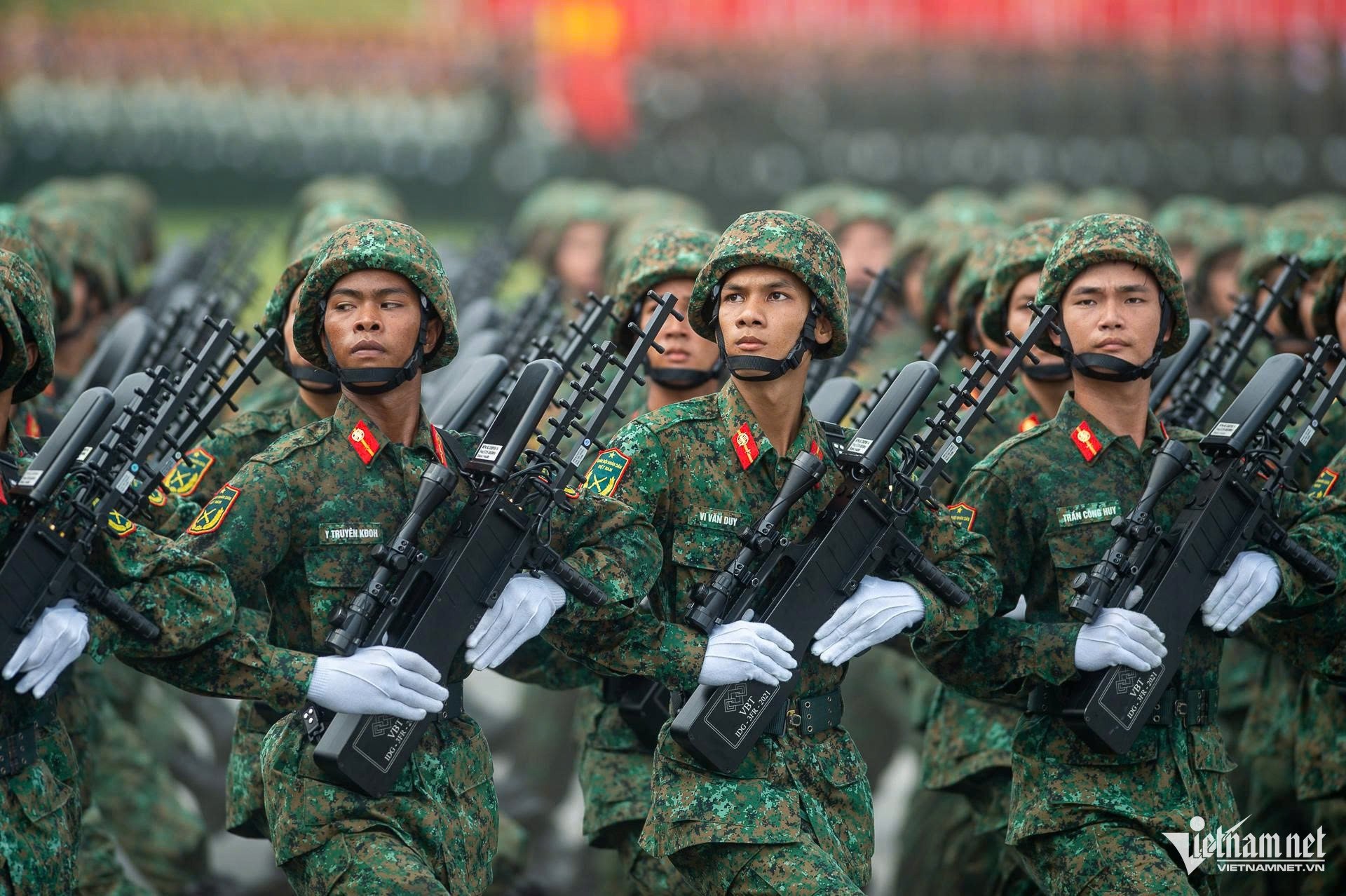

![[Photo] President Luong Cuong attends special political-artistic television show "Golden Opportunity"](https://vstatic.vietnam.vn/vietnam/resource/IMAGE/2025/8/22/44ca13c28fa7476796f9aa3618ff74c4)

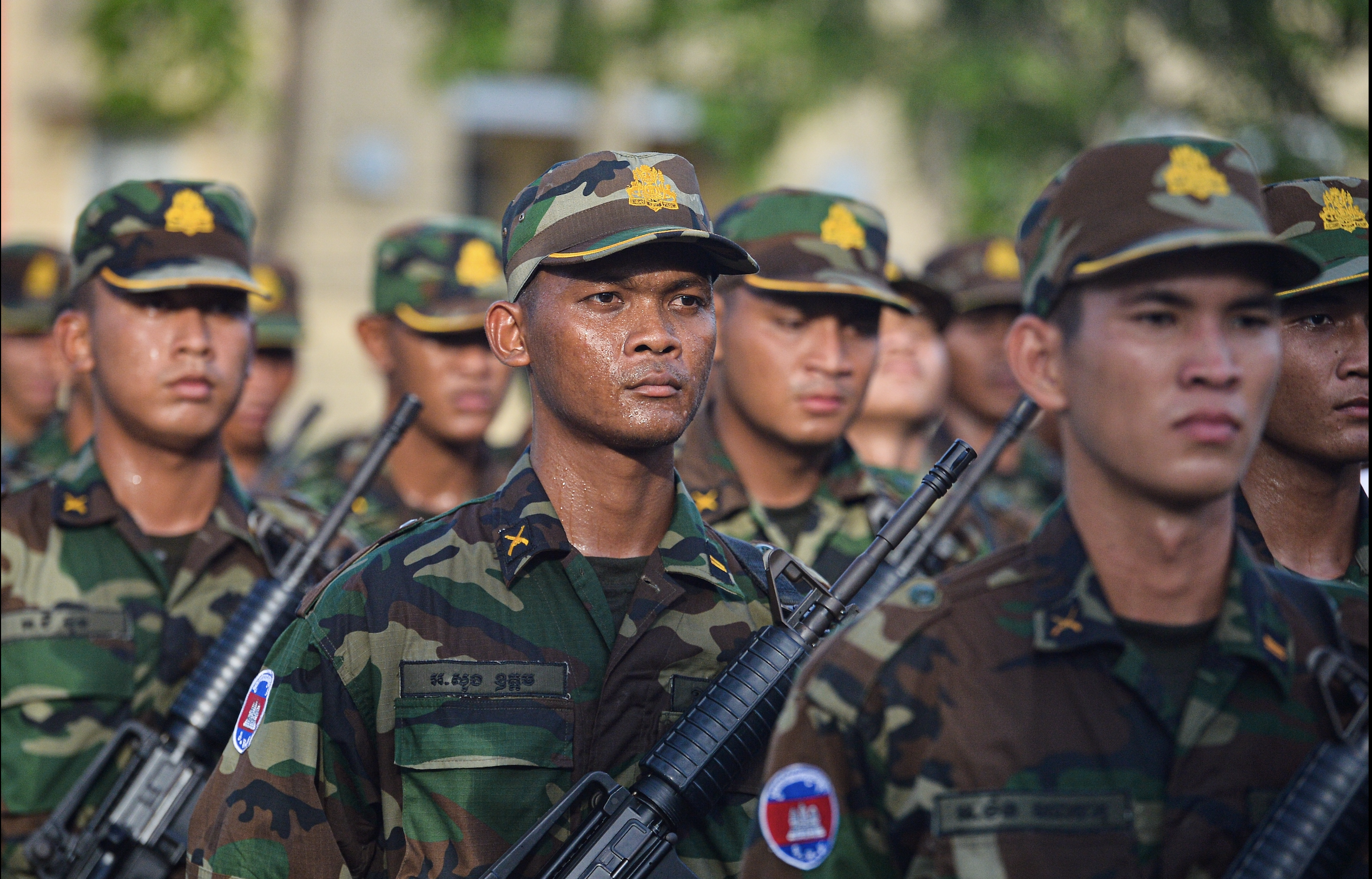

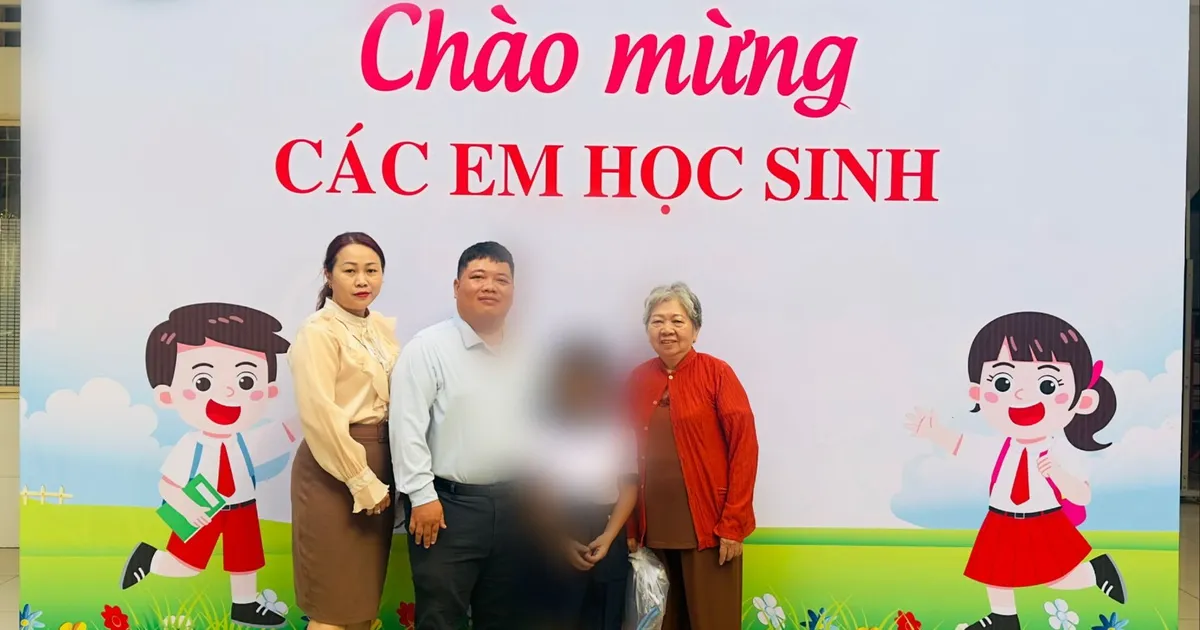

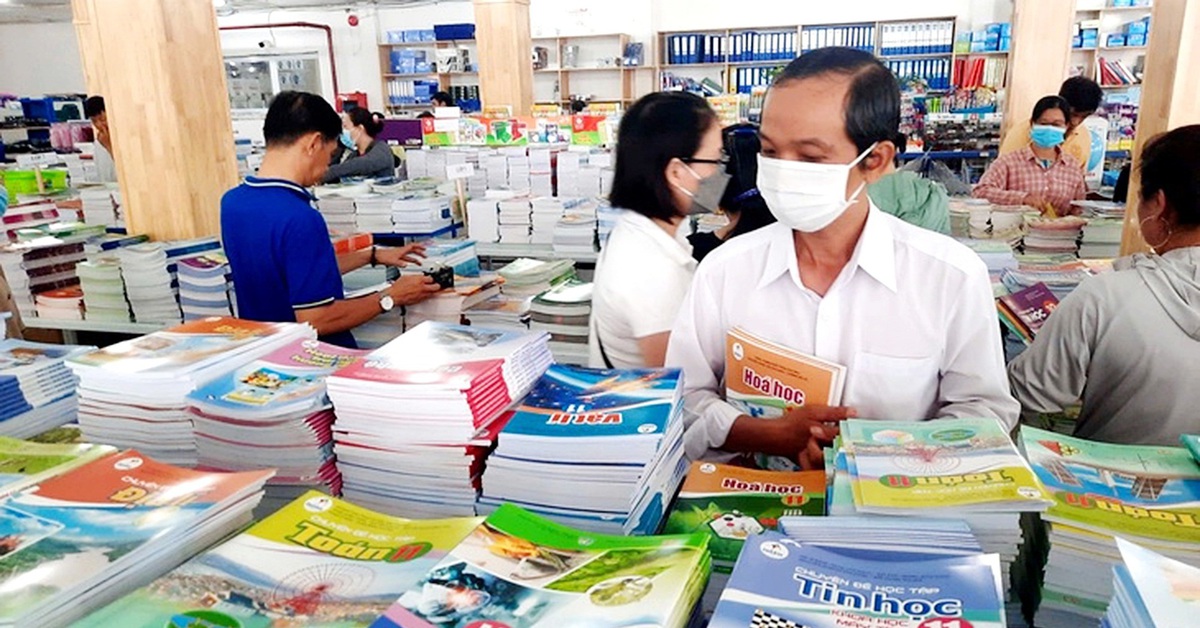

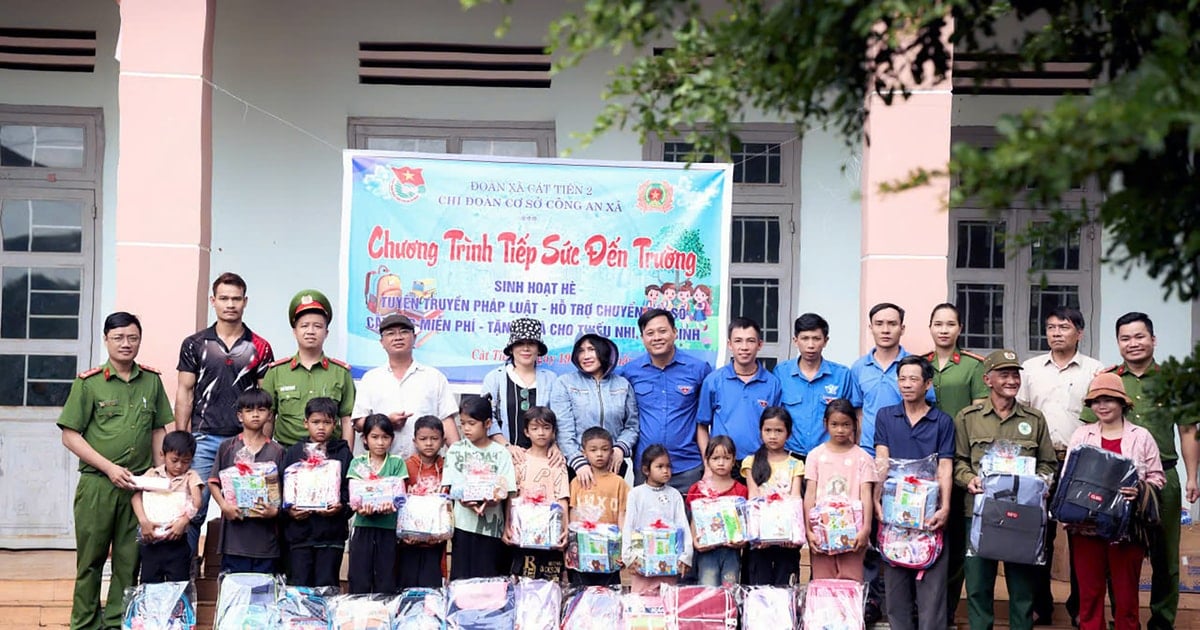



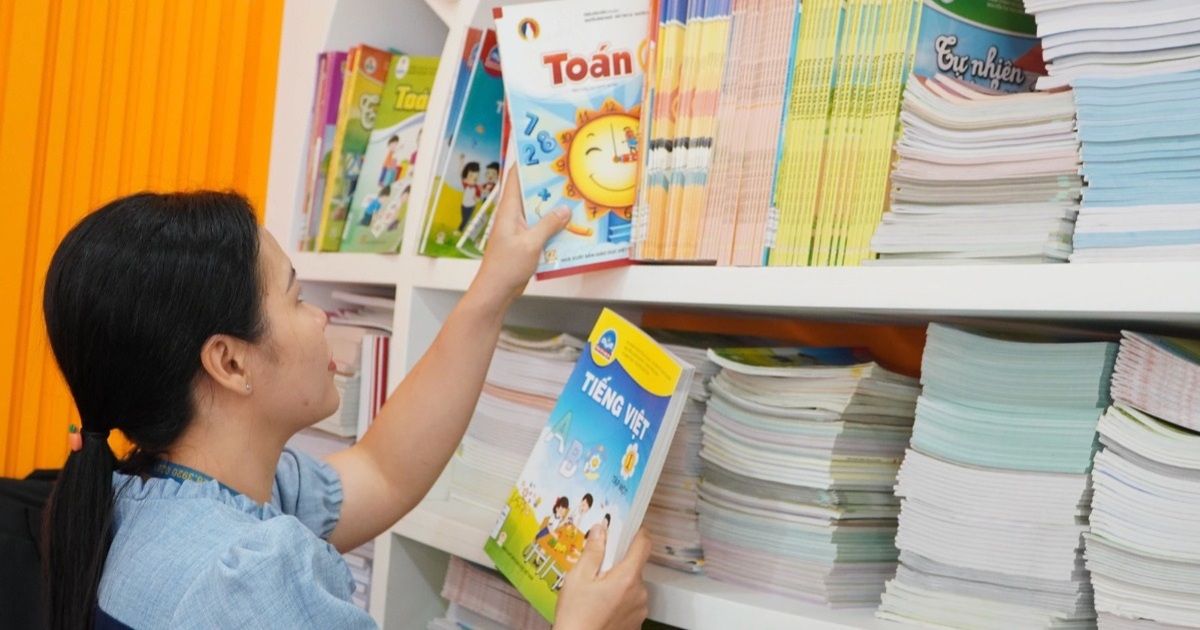

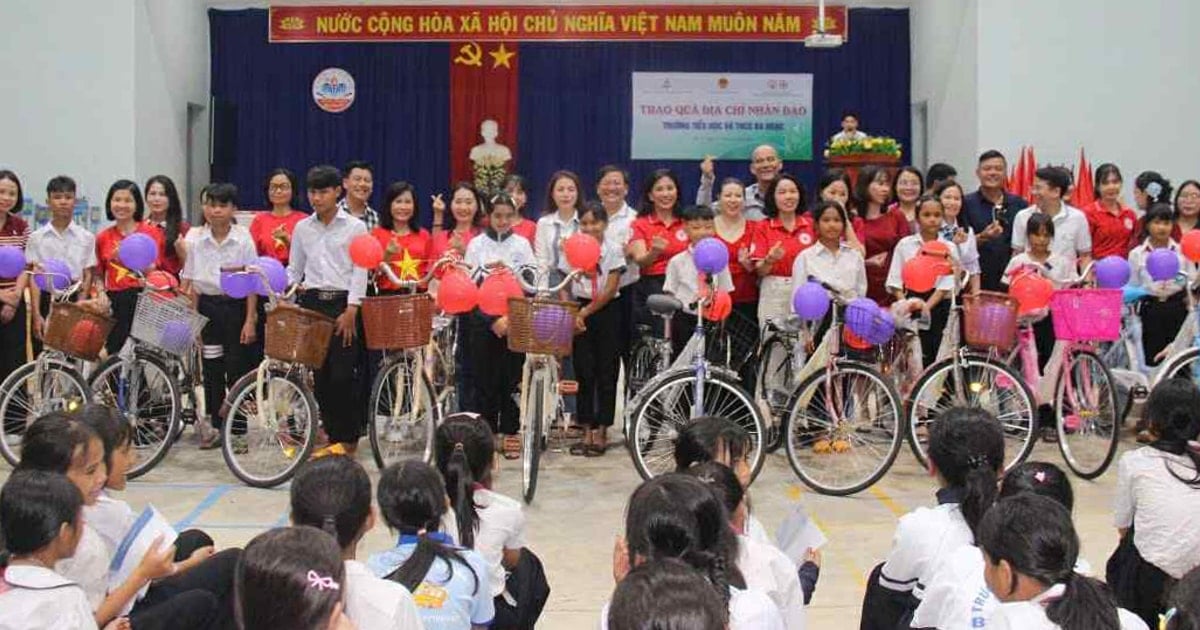

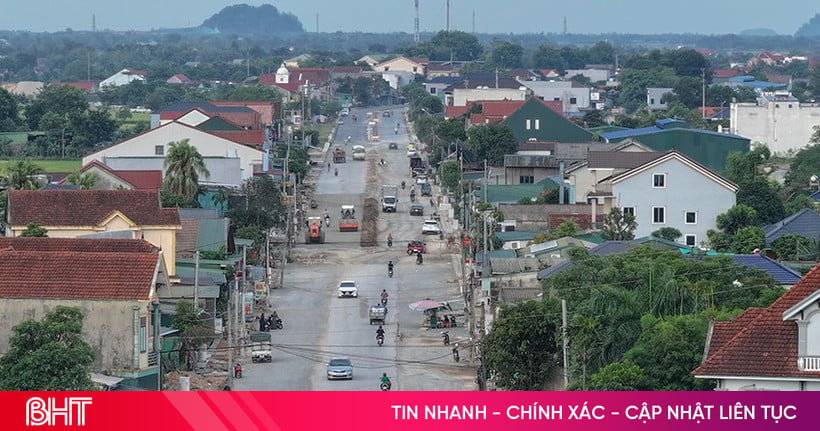

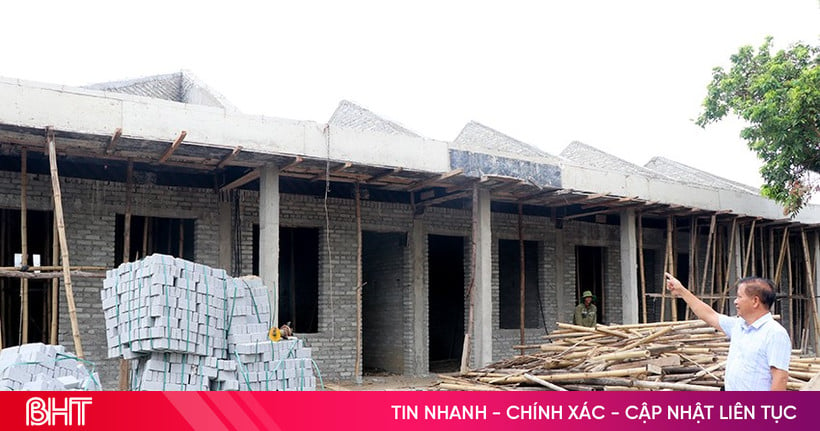
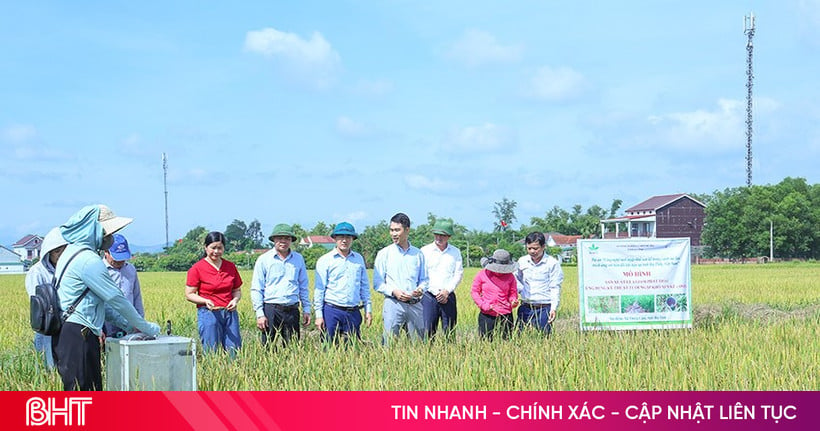
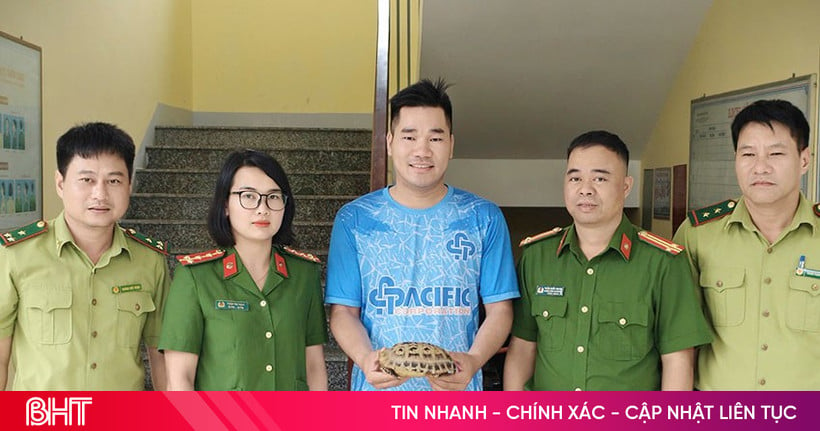
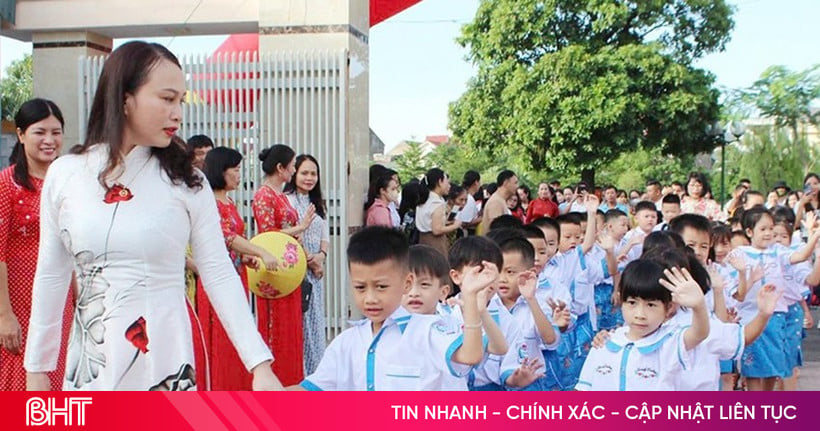
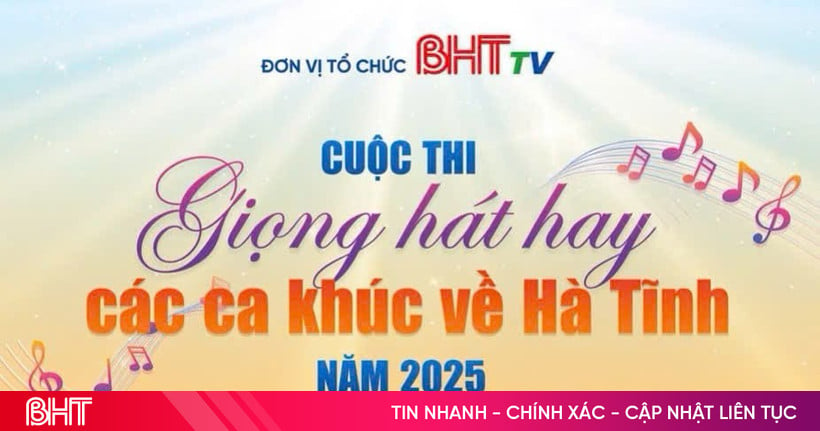




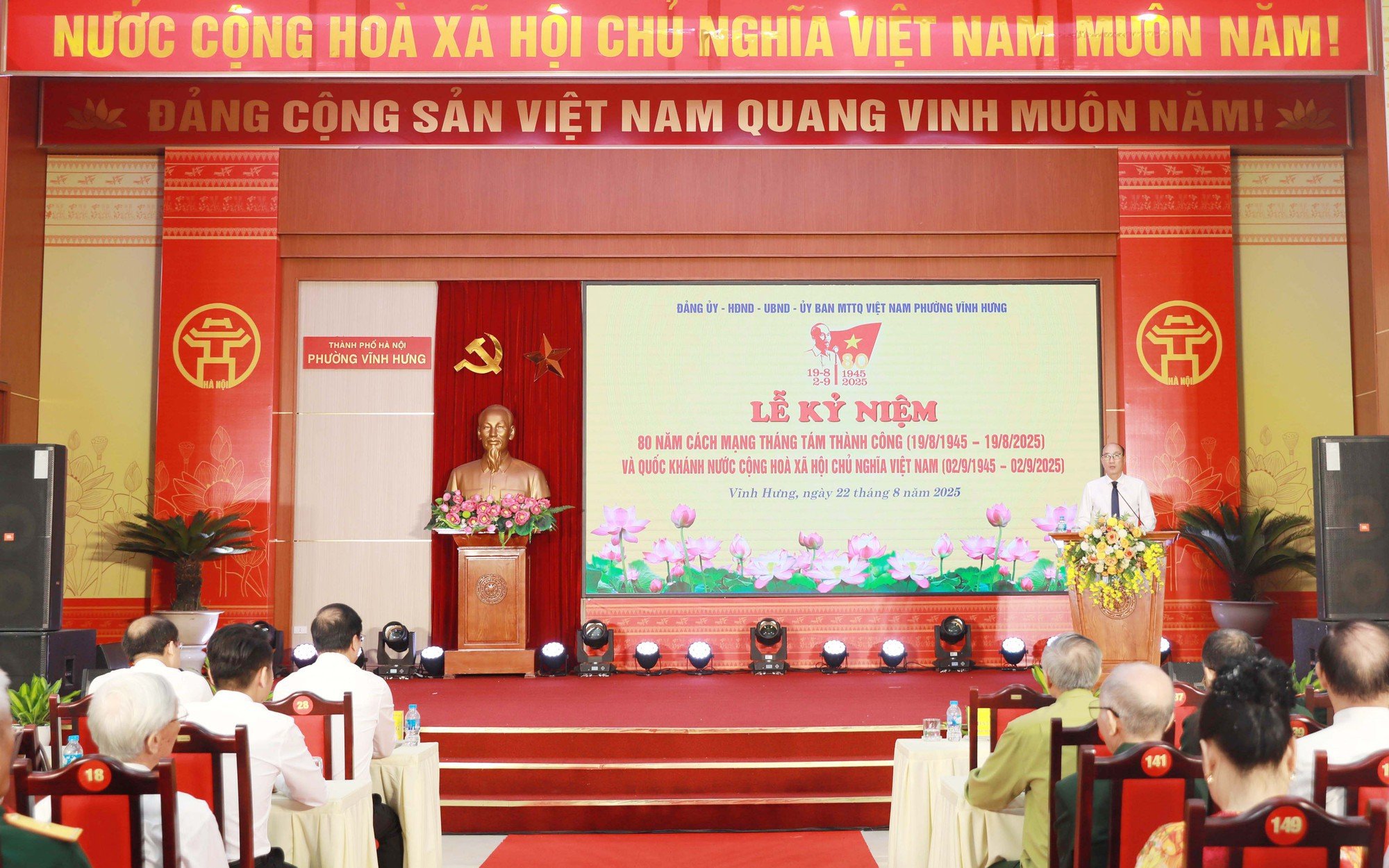
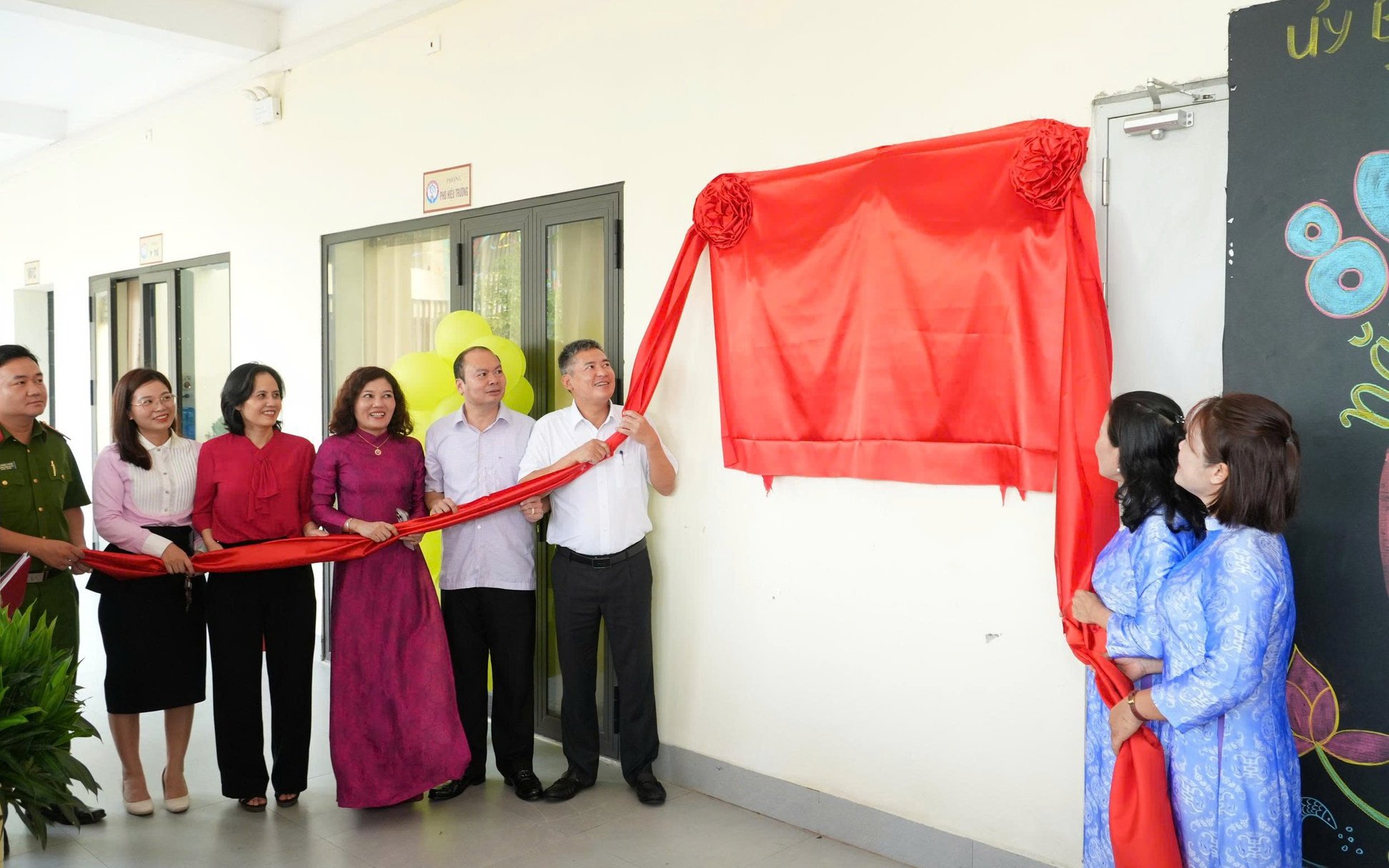

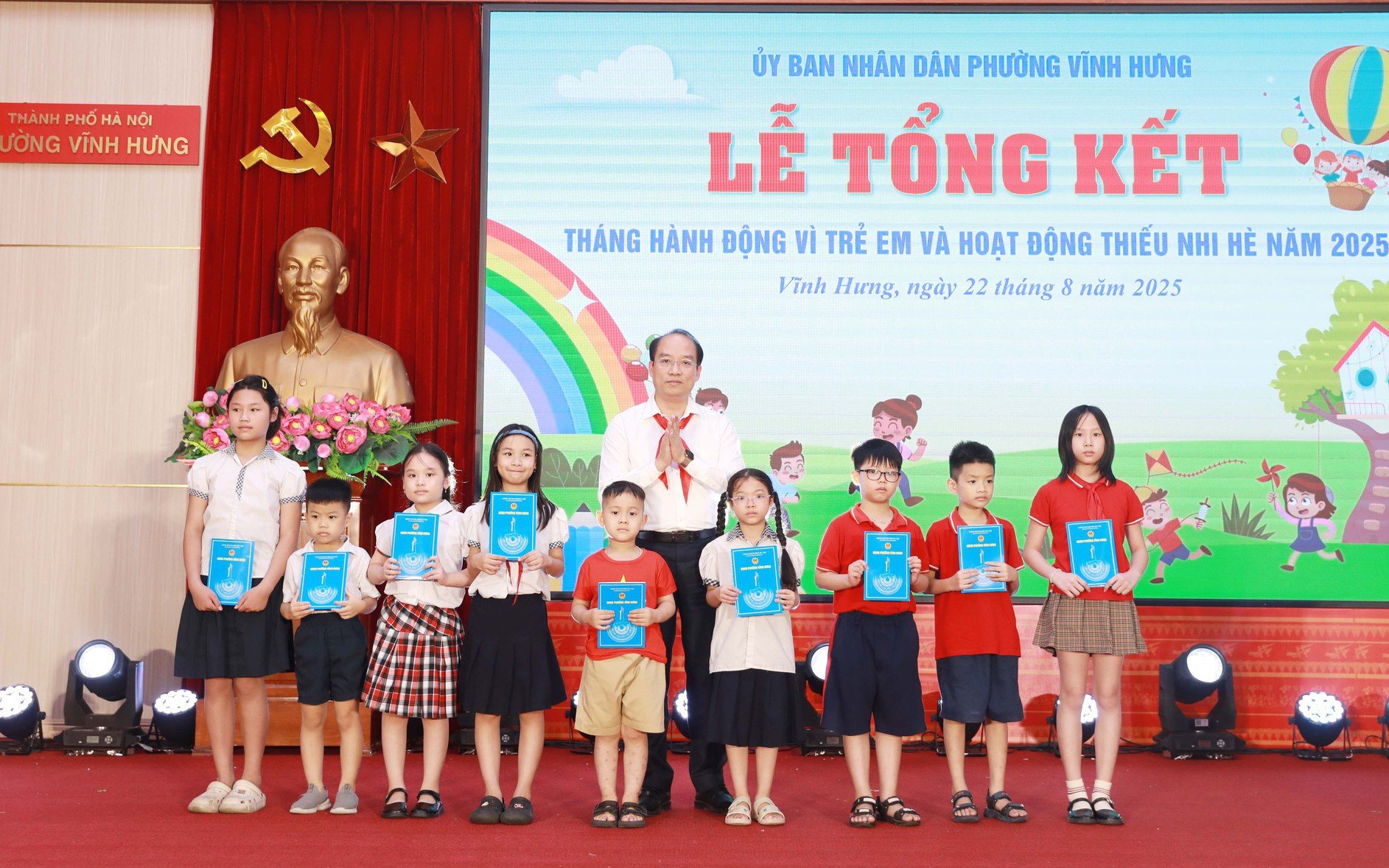




























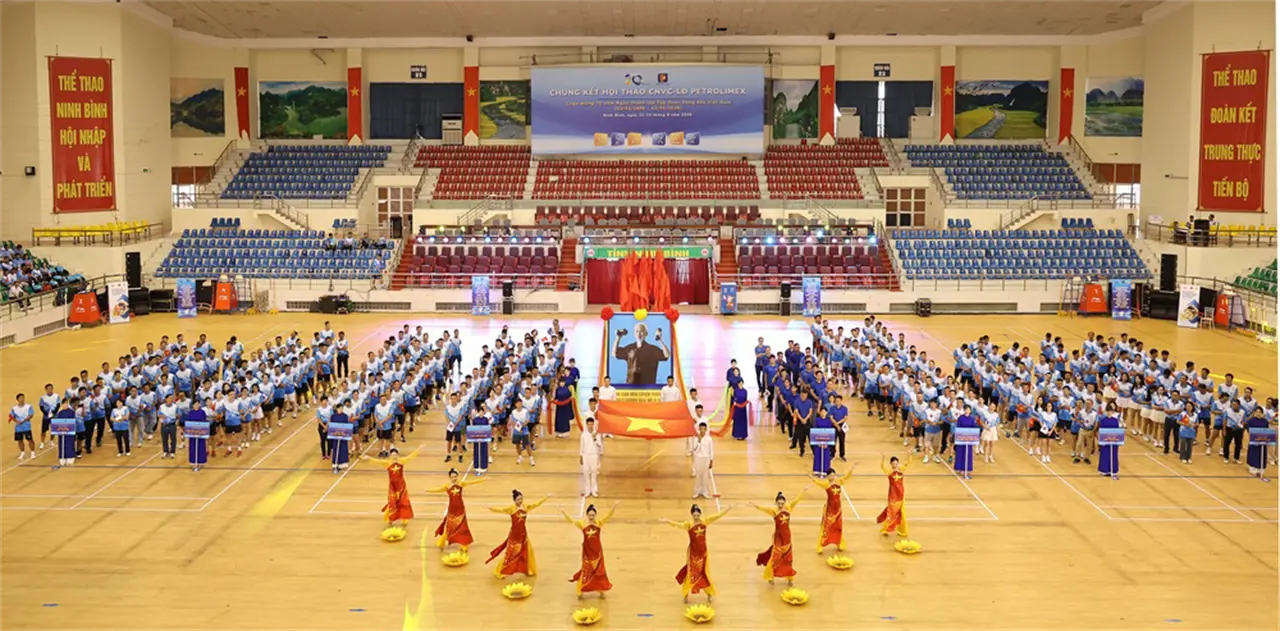






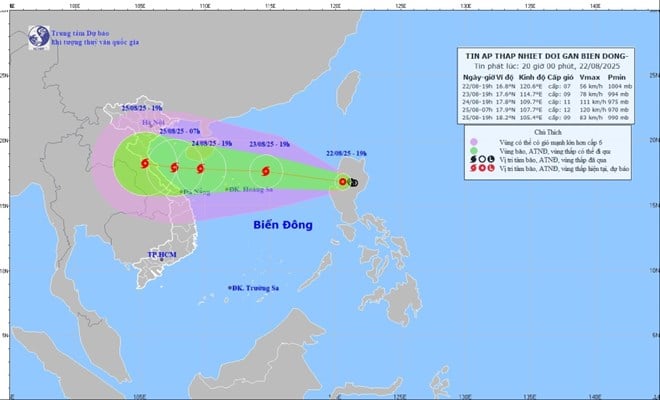










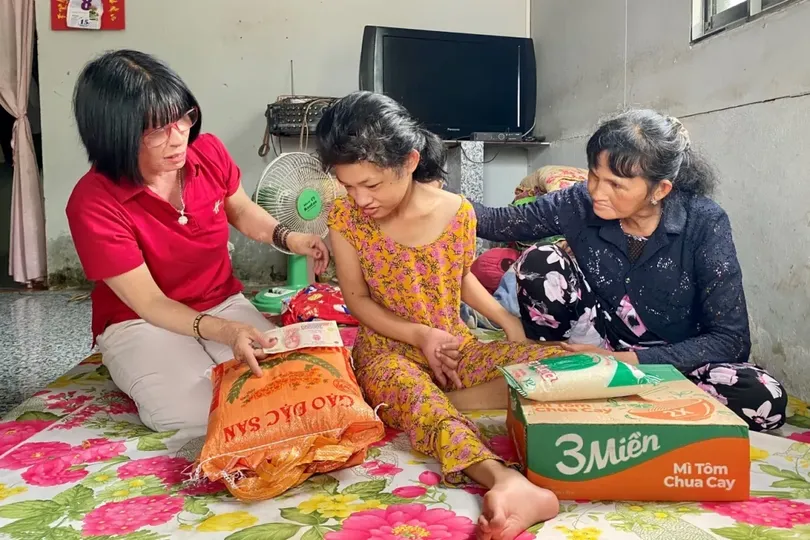

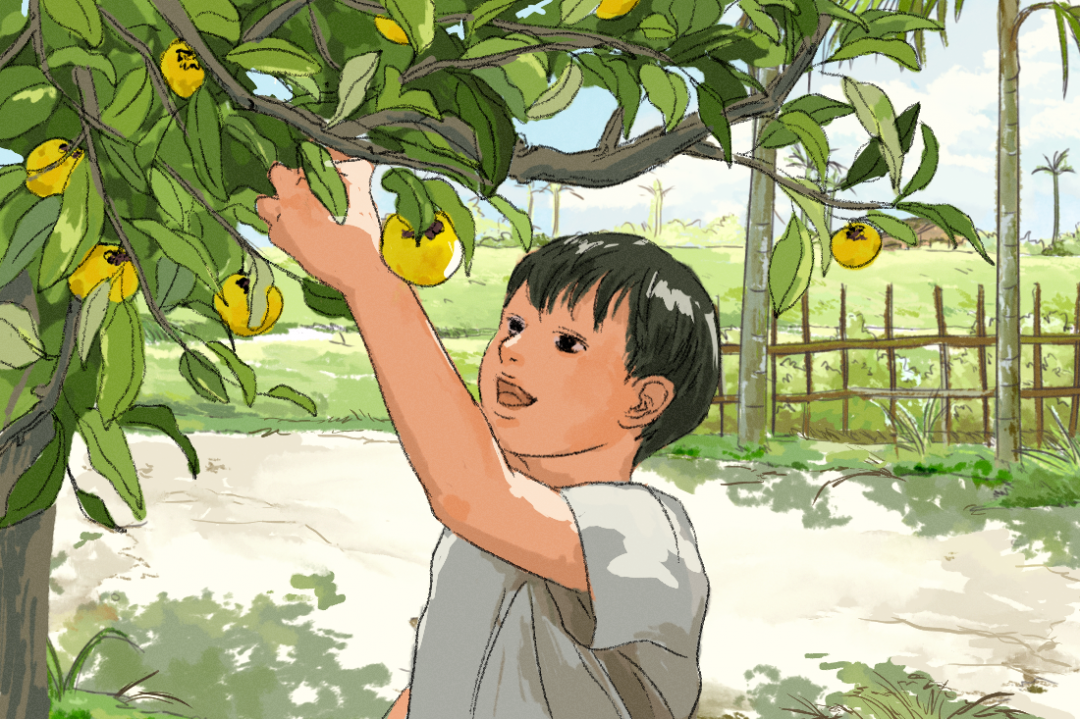


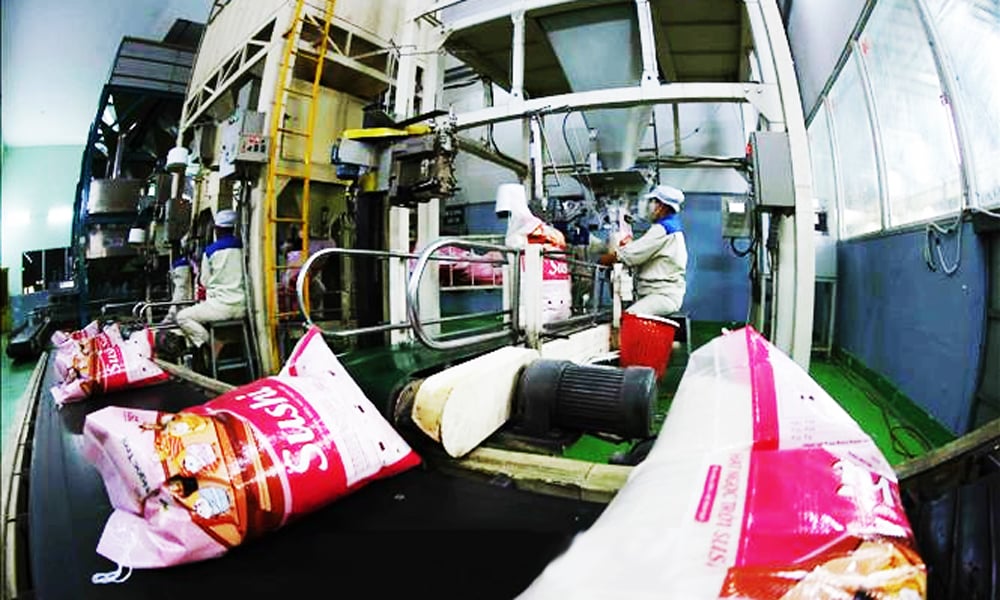














Comment (0)